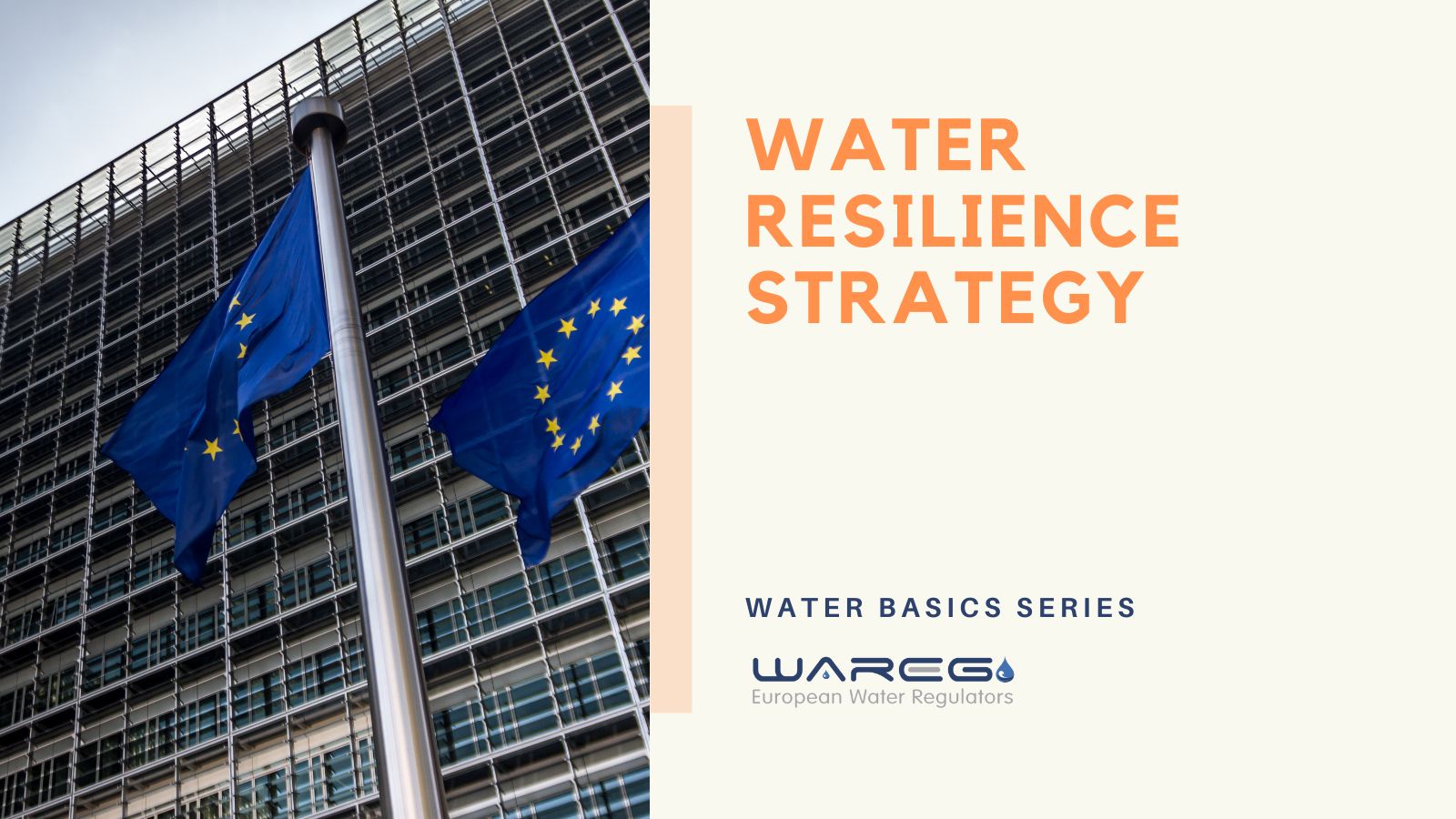
The European Water Resilience Strategy, adopted by the European Commission in June 2025, represents the most recent milestone in EU water policy. Unlike the core directives that form the legal backbone of the Water Acquis, the Strategy is a policy framework designed to complement and reinforce existing legislation while addressing new and intensifying challenges such as climate change, water scarcity, droughts, floods, and pollution.
The Strategy builds on the principles of the Water Framework Directive, the Drinking Water Directive, the Urban Waste Water Treatment Directive, and the Bathing Water Directive, but shifts the focus towards resilience — ensuring Europe’s water systems remain robust, adaptive, and sustainable in the face of environmental and socio-economic pressures.
Objectives
The Strategy sets out three overarching objectives:
- Protecting and restoring the water cycle: Improving the condition of rivers, lakes, wetlands, and groundwater bodies by tackling pollution, enhancing ecosystem resilience, and ensuring effective implementation of the Water Framework Directive.
- Fostering a water-smart economy: Promoting water efficiency and reuse across all sectors, modernising infrastructure, accelerating innovation and digitalisation, and aiming for a 10% reduction in water consumption by 2030.
- Securing clean and affordable water for all: Strengthening access to safe drinking water and sanitation, promoting nature-based solutions, ensuring fairness in pricing, and safeguarding water as a public good.
Enabling conditions
To deliver these objectives, the Strategy identifies five cross-cutting enablers:
- Governance: Stronger coordination across Member States and between water, energy, agriculture, and climate policies.
- Investment: Mobilising both public and private resources, including a €15 billion commitment by the European Investment Bank for 2025–2027 to support water resilience projects.
- Digitalisation and AI: Enhancing monitoring, early warning systems, and predictive modelling for droughts and floods.
- Research and innovation: Scaling up new technologies, nature-based solutions, and smart infrastructure.
- Preparedness: Building capacity to manage water-related risks, ensuring resilience to climate shocks and long-term sustainability.
Relevance for the Water Acquis
The Water Resilience Strategy does not create new binding legal obligations but instead reinforces the implementation of the existing directives while providing a forward-looking framework that integrates water resilience into Europe’s broader climate, energy, and biodiversity policies. For regulators and stakeholders, it serves as a bridge between the established acquis and the emerging needs of water governance in the 21st century.
Further resources
- European Commission – European Water Resilience Strategy
- Communication from the Commission: European Water Resilience Strategy (COM/2025/280 final)
- Factsheet on the EU Water Resilience Strategy
- European Investment Bank – Water Sector Commitments 2025–2027
Conclusions
This article is a part of the ‘Water Basics Series,’ a collection of pieces designed to shed light on the water sector and water regulation. To learn more about this vital sector, you can return to the main page of the series and explore other articles.
Stay updated with the latest articles in this series by following WAREG on LinkedIn, and consider subscribing to WAREG’s monthly newsletter. By doing so, you’ll be among the first to know when new pieces are released, allowing you to continue expanding your knowledge about the water sector.